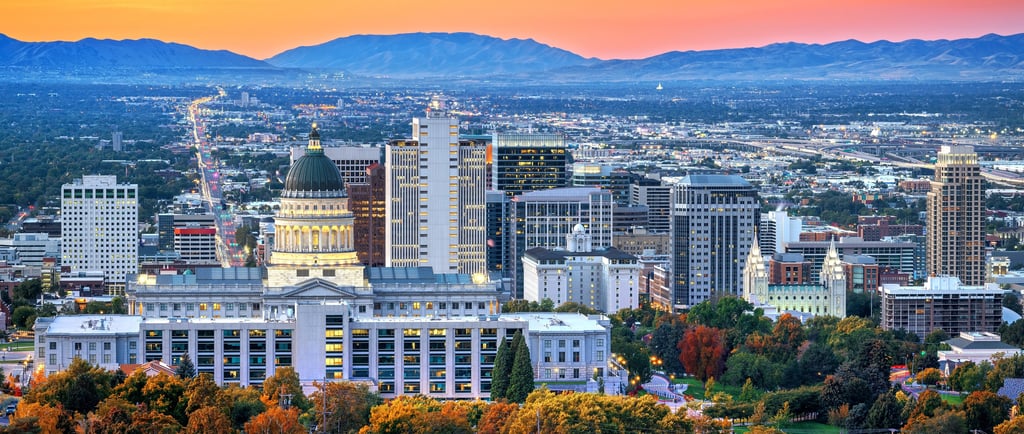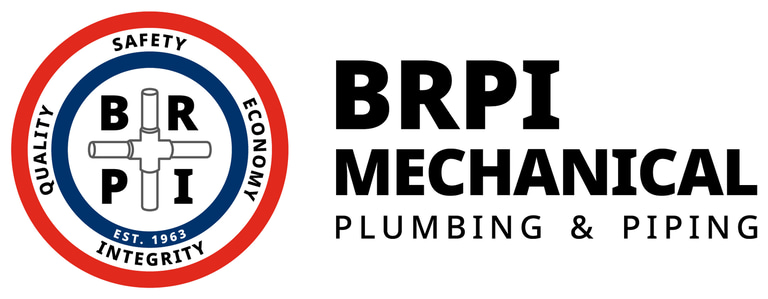The Day the Water Stopped: A History of Big Plumbing and Water Disasters in the Wasatch Front
WASATCH FRONT PLUMBING
11/25/20255 min read


Water in Utah has a rebellious streak. It bursts from pipes like it’s trying to escape. It buries towns in mud, rushes down major roads, and occasionally shuts down an entire city’s drinking supply thanks to an extremely unfortunate raccoon. Some of these stories are pure plumbing disasters—mains rupturing, tanks betraying their cities. Others belong to the broader world of water-system chaos—landslides, rivers gone rogue, and reservoirs pushed to the edge.
Across the Wasatch Front, water has made a hobby out of surprising engineers, overwhelming neighborhoods, and reminding everyone that infrastructure, no matter how carefully designed, sometimes loses the argument. And because these stories are absurd, dramatic, and 100 percent real, they’ve become some of the most unforgettable moments in Utah’s history.
So settle into your front-row seat to a century of Utah water behaving outrageously.
🌊 Thistle (1983): The Town That Turned Into a Lake
In the spring of 1983, the quiet little railroad town of Thistle in Utah County vanished under a slow-motion disaster that looked almost surreal. A massive landslide—one of the most expensive in U.S. history at the time—blocked the Spanish Fork River so completely that water pooled behind it, rising inch by inch until it created a brand-new lake. People watched as homes filled, barns disappeared, and roadways slipped under the murky surface.
This wasn’t a plumbing failure, but it became one enormous water-system failure: transportation routes cut off, utilities flooded, pipes submerged, and the town evacuated for good. “Thistle Lake,” as newspapers casually started calling it, swallowed the valley where houses once sat, leaving behind waterlogged rooftops poking through the new shoreline.
Thistle never returned. The water claimed it, and the Wasatch Front witnessed a rare moment where nature rewrote the map.
🚧 Salt Lake City (1983): When State Street Became a River
One month after Thistle’s watery fate, Salt Lake City had its own unexpected transformation. Snowmelt from a heavy winter slammed into the capital, overwhelming Mill Creek, Red Butte Creek, and other waterways until they burst into the streets. Volunteers stacked sandbags around businesses like they were building castle walls, and downtown’s State Street turned into an honest-to-goodness river—complete with flowing current, makeshift bridges, and pedestrians gawking at the sight.
Newspapers published photos of cars parked beside sandbag canals, water rushing along the gutters, and residents steering the flood with shovels and hope. Again: not a plumbing problem in the household sense, but a major water-system breakdown. The city’s storm drains, culverts, and channels simply couldn’t keep up with the volume barreling down from the mountains.
It became a legendary local moment, the kind people still talk about whenever spring runoff looks the slightest bit too enthusiastic.
🦝 Magna (2020): The Raccoon Incident
On April 9, 2020, residents of the Salt Lake Valley were still shaking from an earthquake a few weeks earlier, and the world was panicking about Covid-19—and then a boil-order advisory shot across Magna. The Jordan Valley Water Conservancy District announced that the likely cause of contamination in a 2-million-gallon tank was a raccoon that had gotten inside and died.
There was no drama in the discovery. No chase, no cinematic showdown. Just a routine inspection, a very unfortunate raccoon, and a tank temporarily offline. But the moment the advisory hit, the story wrote itself. A raccoon. In the drinking water. Entirely real, fully documented, and unforgettable.
Residents lined up for bottled water while local news outlets explained how wildlife can occasionally get into storage tanks—a rare but known risk. Engineers drained and disinfected the system, and life returned to normal within days. But the raccoon incident instantly joined the Wasatch Front’s hall of fame.
Not many cities get to say their water supply was briefly derailed by wildlife.
🧨 Ogden (1917): A Reservoir Bomb Threat...Sort Of
Jump back to January 17, 1917: Ogden’s water system became the center of a bizarre moment when newspapers reported that an individual had threatened to blow up part of the city’s reservoir infrastructure. Authorities took it seriously and investigated, though the details remain sparse in surviving accounts.
What makes this event stand out isn’t destruction—it’s the sheer strangeness of it. Early-20th-century Utah already had its fair share of water challenges, but a bomb threat against a reservoir? That’s a different tier of drama. The system was secured, the threat faded, and the event slipped quietly into history.
Still, it perfectly fits the Wasatch Front’s pattern: even more than a century ago, water infrastructure had a way of attracting trouble.
💧 Salt Lake Valley (1924): The Summer of "Water-System Worry"
In 1924, the Salt Lake Valley found itself facing a mounting summer water shortage that thrust the whole city into what newspapers bluntly labeled a “water system worry.” Reservoir levels dropped. Pressure sagged. Officials encouraged conservation as supply struggled to keep pace with demand.
It wasn’t a singular, explosive disaster. It was slow stress—pipe systems running thin, reservoirs dipping toward uncomfortable lows, and the entire city feeling the pinch. The situation grew tense enough that it dominated local headlines and inspired real concern about whether Salt Lake’s infrastructure could handle a hot, dry season.
It eventually stabilized, but the incident revealed how fragile early-20th-century municipal water systems could be. For a while, Salt Lake hovered on the edge of a shutdown no one wanted to imagine.
💥 Salt Lake City (1997): The Wasatch Drive Rupture
Fast-forward to October 1997: a major water main on Wasatch Drive ruptured, sending thousands of gallons cascading down Salt Lake City’s east bench. Streets washed out. Yards flooded. Crews rushed to isolate the break as water poured from the hillside like an uncontrolled firehose.
This one was squarely in plumbing-disaster territory—municipal plumbing, that is. A main break with real force, fast movement, and dramatic visuals. Local news footage showed roads scoured by the flow, mud and water mixing in driveways, and neighbors gathering outside to watch the roar of escaping water.
Repairs took hours. The cleanup took longer. And the event gained a solid spot among the Wasatch Front’s most memorable infrastructure meltdowns.
🌎 Weber / Salt Lake Area (1949): Earthquake Aftermath and Water Main Failures
In 1949, after an earthquake shook Northern Utah, both Weber County and parts of Salt Lake saw water mains rupture under the strain. The seismic jolt cracked pipes beneath roads, disrupted service, and triggered immediate repair efforts.
It wasn’t a single spectacular failure, but a cluster of breaks—each one springing to life as soon as the ground stopped moving. Crews scrambled from site to site to restore pressure and patch the network.
This era’s municipal systems weren’t built with modern seismic considerations, so the quake exposed weaknesses that had quietly existed underground. The event ended up recorded in municipal history as a moment when natural forces pushed infrastructure to its limits.
📜 Epilogue
Across a century of Utah chaos—towns submerged, rivers rerouted, pipes bursting, reservoirs threatened, wildlife causing unintentional trouble—the Wasatch Front has seen water make dramatic, sometimes hilarious, always memorable appearances.
And if history is any indication, water will continue surprising everyone, just waiting for the next chance to rewrite a street, swamp a neighborhood, or teach a whole city the unexpected influence of a raccoon.
Contact
Main Office
Social
3560 S 2200 W
West Valley City, UT 84119
P.O. Box 25123
Salt Lake City, UT 84125
Monday – Friday:
7:00 am – 3:30 pm
Billing & Mailing Address
Hours
© Budd M. Rich Plumbing Company, DBA BRPI Mechanical. All rights reserved.
